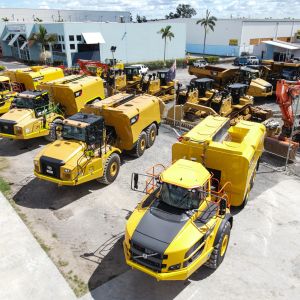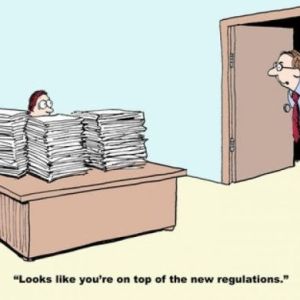All business owners and managers have at some point been in the position of reviewing employee pays. Most will only do this in the context of a person being paid $X per hour in wages, as opposed to outlining the full costs of employment and what employers provide in terms of employment benefits.
A report from the Australian Bureau of Statistics called “Labour Costs in Australia” highlights that what you pay per hour that a person attends work actually costs the employer on average 35.9% more. For every dollar paid, additional direct on-costs are on average:
Paid Breaks 4.4%
Annual Leave 7.7%
Public Holidays 4.2%
Sick and Carers leave 3.8%
Long Service Leave 1.7%
Superannuation 9.5%
Payroll Tax 2.9%
Workers Compensation 1.3%
Fringe Benefits Tax 0.4%
Total On-costs 35.9%
Queensland’s annual private sector wages bill is estimated at $120.6 Billion, with a further $43.4 Billion impost on businesses for the above On-costs. Now, all these costs are legitimate costs and I’m not insinuating they should be removed. However, all Employers and Employee’s (and all other parties such as Fair Work etc that feel they need to intervene in these matters) need to be mindful of all these costs when discussing pay and conditions (not just look at one in isolation). Note for instance that the above does not have any allowances for many other costs employers are expected to wear, such as lost productivity/re-work, parental leave, community or Jury service, compliance and administration costs, training costs, entitlement costs (such as allowances), uniforms etc.
Looking at this from the employee perspective, employees don’t see the full 100% of their pay either. Nearly all workers pay tax, which for an average worker (not taking into consideration a whole number of personal factors) is around 20-30% of total gross pay (up to 49% at the top marginal rate). Let’s average that at 25%, which means that for every $1 the employee banks about $0.75.
The disconnect between what people “feel” they are being paid ($0.75) is vastly different to what the employer is paying in direct costs ($1.36). This discrepancy is $0.61, which means that what is “social funding” in the employment system is not much less than what the employee banks. The next time we ask businesses to chip in just a little bit more, consideration needs to be given to that Employers funding of our “social safety net” is already very substantial. Things like domestic violence leave or mental health days or other suggested social constructs are coming at the expense of employers’ capacity to increase the pay into employees pockets.

How do I get a slice of this action?
It has always been wise investment advice that if it sounds too good to be true, it is. With this investment though, if I lacked morals and didn’t in a morbid way hope for the rug to be pulled from under it by changes to Government policies, I’d be asking how I could get in on the action.
“Imagine putting $100 in the bank and getting back a guaranteed $83 a year for four years, and then $59 a year for the next decade — all taxed at a maximum rate of 30 per cent.” writes Adam Creighton. That’s exactly what a Saudi Arabian company is doing when they bought a solar energy farm in Moree in 2015. Whilst they paid $164 million for the farm, Australian tax payers coughed up all but $15.3 million of the purchase price. The Australian Renewable Energy Agency gave a $101.7 million grant, and the Clean Energy Finance Corporation an additional $47 million loan. The profits are guaranteed by Government Large Scale Generation Certificates (LGC) that pay them a subsidy of $85 per MWh (and rising), giving a $140 million (after all costs) profit over the next 14 years on their $15.3 million investment. The Saudi Billionaire owner recently announced he will be nearly tripling the size of the solar farm. If you’re still not feeling stitched up enough, remember that the LGC’s are paid by anyone who has a power bill. So you’re getting stung through your taxes and your power bill to pay for these types of investments. Wind farms are also nearly all owned by foreign companies under similar arrangements. For a more in depth explanation, read the informative article by Adam Creighton (“Solar Farm burns Money” – The Australian September 8, 2017).
So the next time you hear from any power provider about the need for more renewable energy and how proud they are to support the environment, the “green” for them is the dollar bills going into their bank account. For me, that green colour will be my face ready to puke.
As always, onwards and upwards!
Fred Carlsson
General Manager




